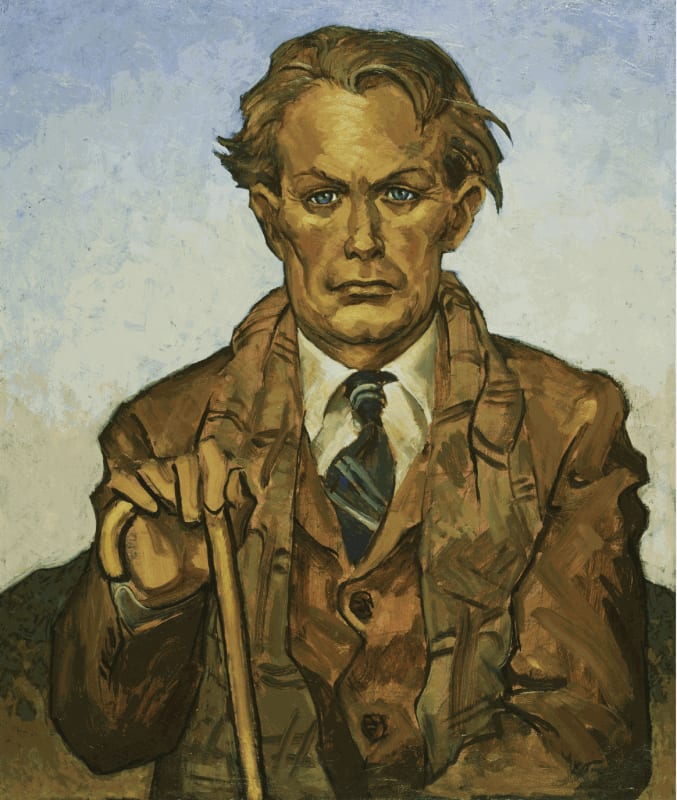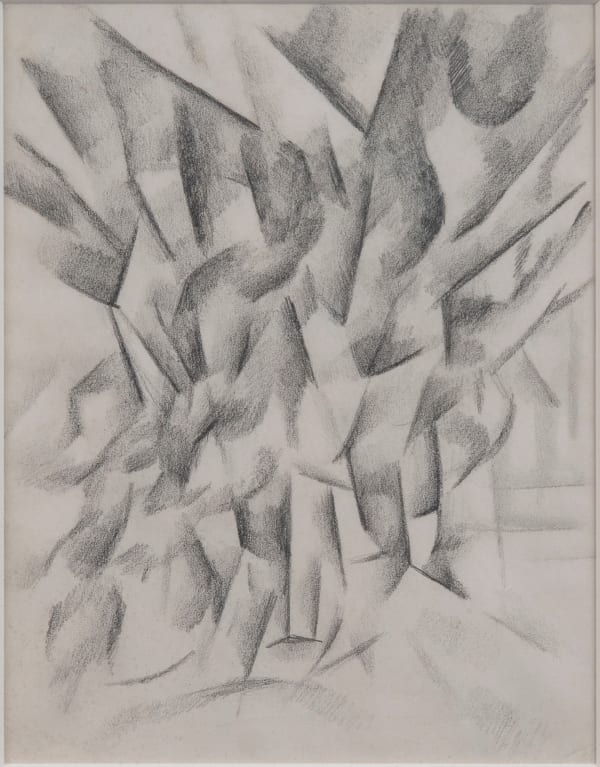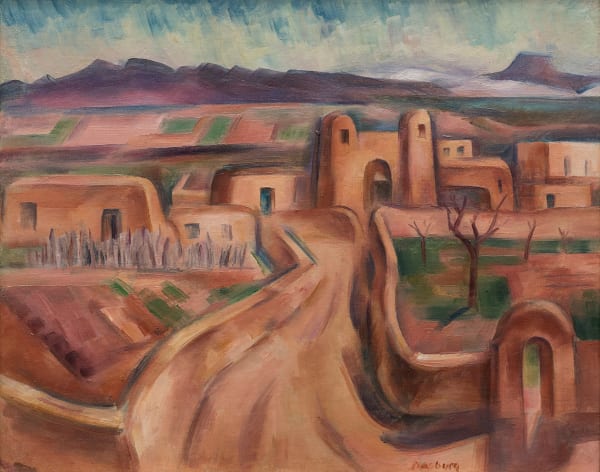Andrew Michael Dasburg US, 1887-1979
Biography
"The movement of preconceived rhythm is intensified... by co-ordinating color and contour."
- Andrew Dasburg
Born in 1887, Andrew Dasburg was a pioneer among American modernist painters and “one of America’s leading early exponents of cubism. His early work, which was included in the Armory Show of 1913, was inspired by contemporary European artists, particularly Cézanne, Matisse, and the Futurists. He studied in New York and Paris in the early 1900s and first came to New Mexico, at the urging of his friends Mabel Dodge and Maurice Sterne. The structured mountains and valleys of Taos provided Dasburg with the motif which was to be dominant in his work for more than fifty years. He settled in Taos in 1933 and The Taos Series, which he made at Tamarind at age 87, were his first published lithographs.
Dasburg received the second prize at the Pan American Exhibition, Los Angeles in 1925, third prize at the 26th International of Painting, Carnegie Institute in 1927, and was awarded a Guggenheim Fellowship in 1932. Today, his work can be found in public and private collections around the world
-Courtesy of the Tamarind Institute
Works



